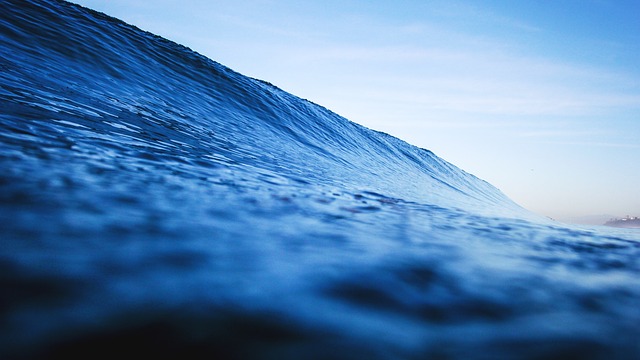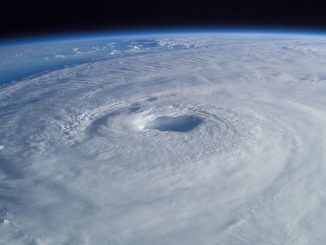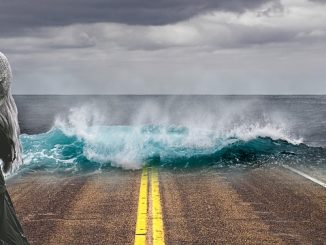
Based on a recent study published in the journal Science, sea surface temperatures today are comparable with sea surface temperatures around 129,000 to 116,000 years ago. That period is known as the last interglacial period (one of the warmest periods in the last 800,000 years) and sea levels then were six to nine meters higher than what they are today.
To arrive at these findings, researchers from Oregon State University led by climate scientist Dr. Jeremy S. Hoffman analyzed 83 marine sediment core sites to determine how warm the Earth and its oceans were in the past. By comparing each core site to temperature data sets from 1870-1889 and 1995-2014, they found out that 129,000 years ago, peak global ocean surface temperature was only slightly higher than the 1870-1889 average. Then in the next 4,000 years, temperature steadily rose until it reached temperatures identical to the 1995-2014 average.
To cut a long story short, the findings reveal that sea surface temperatures during Earth’s last warm period is almost the same as today’s sea surface temperatures. But sea levels were higher then, which means there’s a strong possibility that today’s sea levels might be rising up to such heights too. And when that happens, we’ll likely be facing the prospect of several ‘Atlantises’ — cities lost to the sea.
And it gets worse. During the last interglacial period, temperature rose slowly — in 4,000 years, it rose by a mere 0.5 degrees Celsius. This time, to reach the same temperature, it only took 150 years. While we can’t conclude for certain because more research and simulation models are needed, it’s not hard to infer that the slow rise in temperature then was because it was due to nature’s own doing. This time, warming is happening faster because human activity is accelerating the process. And this big difference makes it difficult and unrealistic to use the past warm period as basis for what can happen in the future.
As Dr. Hoffman told The Independent, “There are a lot of things that have happened over the last century that far outpace the natural world. It’s not just the warming, it’s the release of carbon from reservoirs [of fossil fuels] in the planet that have been around for millions of years…The Earth would need to have an eruption like Mount St Helen’s happen every 2.5 hours … to keep pace with the emissions we are producing.”
The fact that 2016 set a new record high average global surface temperature for the third straight year is just another confirmation that global warming is happening faster. And if drastic measures are not undertaken on a global scale, we can only expect things to get worse. It’s just a question of how fast or how slow it will get from bad to worse.




I think what scientists need to emphasize to those who refuse to accept man’s part in global warming is a strong visual. And that is the fact that space begins at approximately 62 miles above our heads. As we know… that is nothing. But it shows how small the atmosphere is and just how easily our carbon emissions are mixing things up. I think the overall perception is that the gases above our heads somehow just “blow away” and “can’t possibly interfere.” Just a thought.